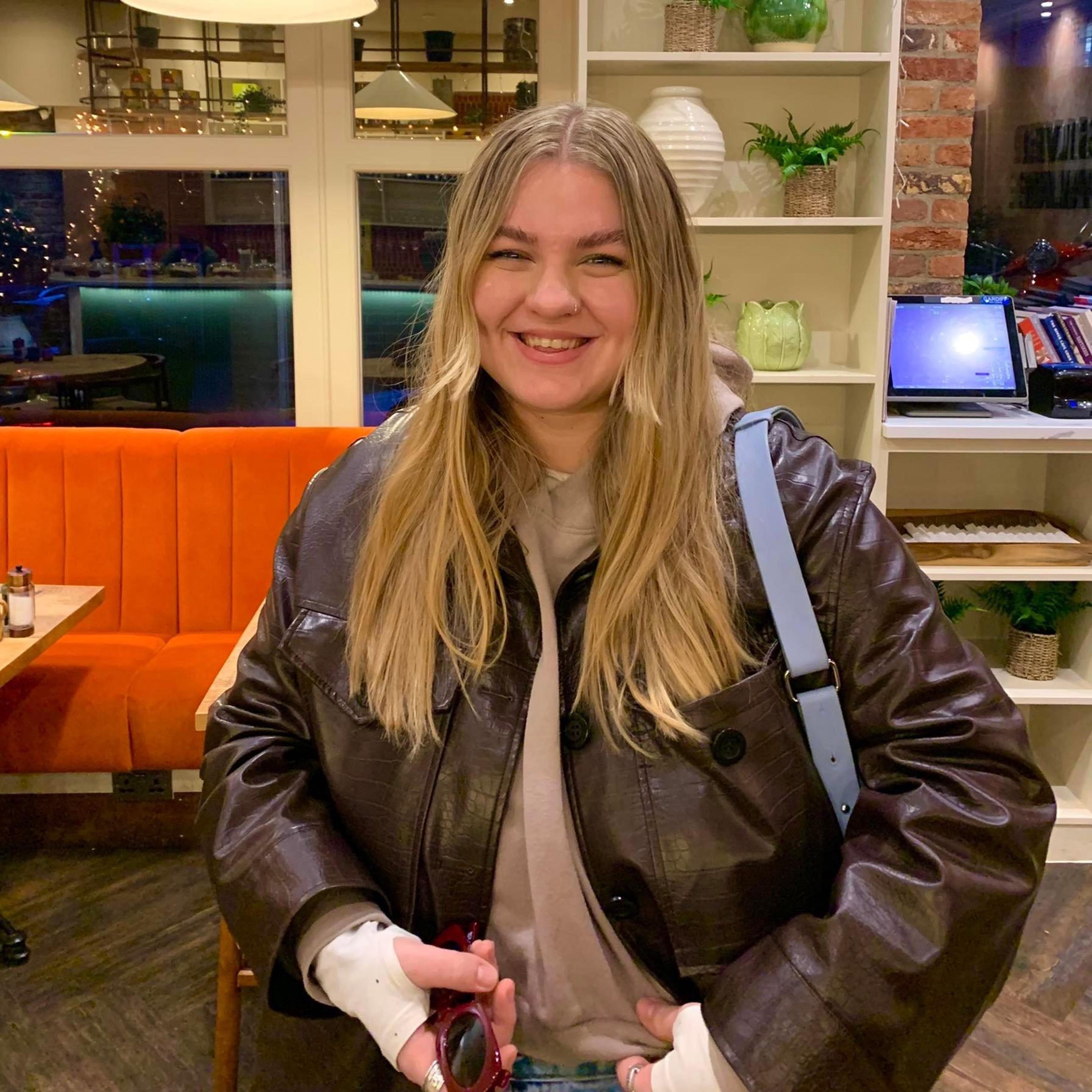Designing for inclusivity

Izzy Payne
24.06.2024

Our digital landscape is littered with barriers. It's time to dismantle them and create websites that welcome everyone with open arms. It’s easier than ever to create inclusive design.
Here’s how we’re trying to stay at the inclusive forefront of web design, where every pixel is a beacon of accessibility and every interaction is an opportunity to empower users of all abilities.
Understanding accessibility:
Accessibility isn't just a checkbox—it's a fundamental aspect of good design that ensures equal access to information and services for all users. By understanding the diverse needs of our audience, we can create digital experiences that are truly inclusive. It’s the first step in achieving true inclusivity of your digital product.
Accessibility guidelines:
Web Content Accessibility Guidelines (WCAG) are the gold standard for creating accessible digital content. These guidelines provide a roadmap for designers, developers, and content creators to follow, ensuring that their websites are usable by people of all abilities.
Designing for different abilities:
From visual impairments to motor disabilities, the spectrum of human diversity demands thoughtful consideration in our design choices. By implementing features such as alternative text for images, keyboard navigation, and clear, concise content, we can make our websites accessible to everyone.
Semantic HTML and ARIA roles:
In the world of accessibility, proper markup is paramount. Semantic HTML and ARIA roles provide the building blocks for creating accessible web interfaces, allowing assistive technologies to navigate and interpret content accurately.
Colour contrast and typography:
Colour blindness, low vision, and other visual impairments can pose challenges when navigating the web. By ensuring adequate colour contrast and choosing legible typography, we can enhance readability and usability for all users.
Cultural Considerations:
The internet knows no bounds, and neither do accessibility needs. As designers, we must be mindful of cultural differences and adapt our designs accordingly to ensure a truly inclusive experience for users around the world. True accessibility means creating digital spaces that are available and understandable by anyone.
Let's embrace the ethos of inclusive design and pave the way for a more accessible web. By prioritising accessibility in our design process, we not only empower users of all abilities but also enrich the digital landscape for everyone. Together, let's build a web that welcomes everyone with open arms, one accessible pixel at a time.
Related articles

Reaching your Peak Potential
4 min read


